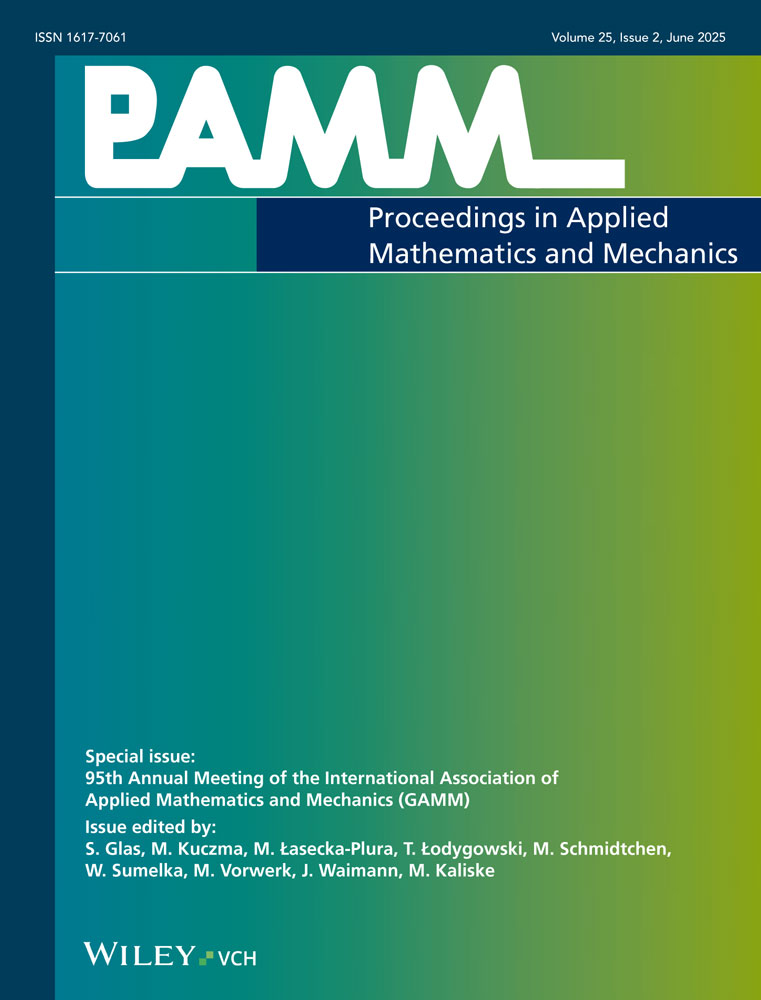Isotropic softening model for high-cycle fatigue
Abstract
As known the high cycle loading of structural elements above the fatigue limit results in catastrophic propagation of macroscopic fatigue crack(s). Therefore it is in demand to find a method, which would allow for early prediction of the fatigue life-time of particular structural element.
The series of force-driven tests carried on 30CrNiMo8 steel have shown that, although the stresses by high-cycle fatigue do not reach the tensile stress, the material strength (measured indirectly from the strain-stress loop) decreases from the begin of the test, hence the damage nucleates and propagates from the very begin of the loading history.
In this study we propose a thermodynamically consistent, strain driven constitutive model for isotropic damage accumulation by high-cycle fatigue of a homogeneous isotropic material, which should be capable to account for the above-mentioned experimental results. (© 2006 WILEY-VCH Verlag GmbH & Co. KGaA, Weinheim)




